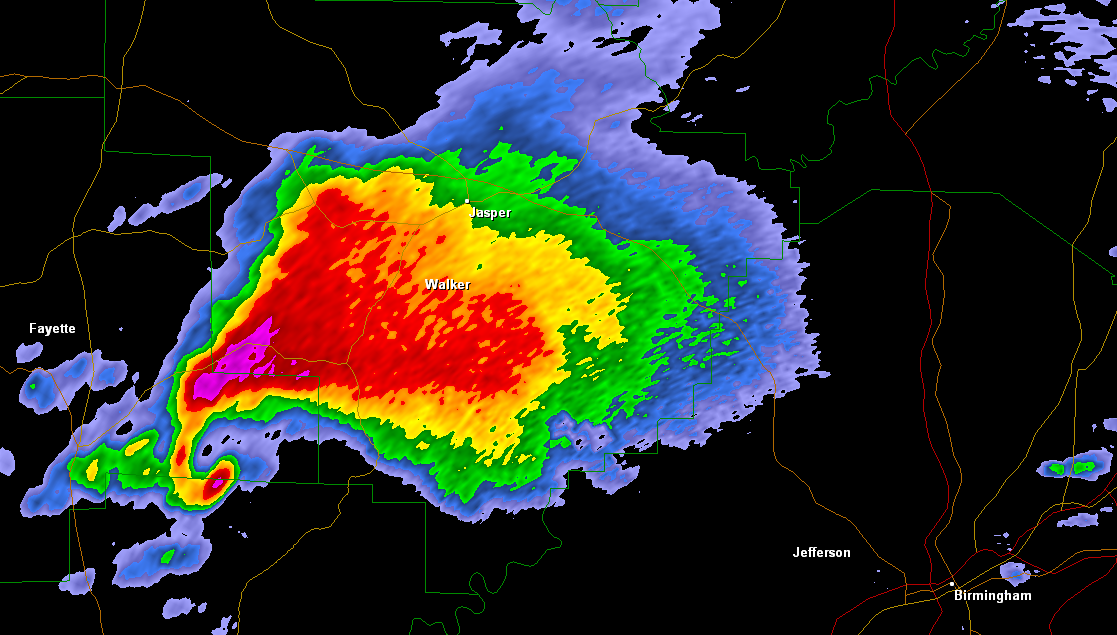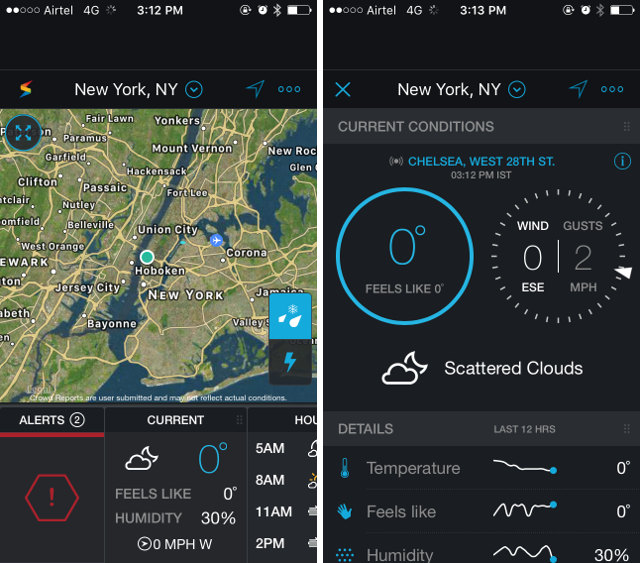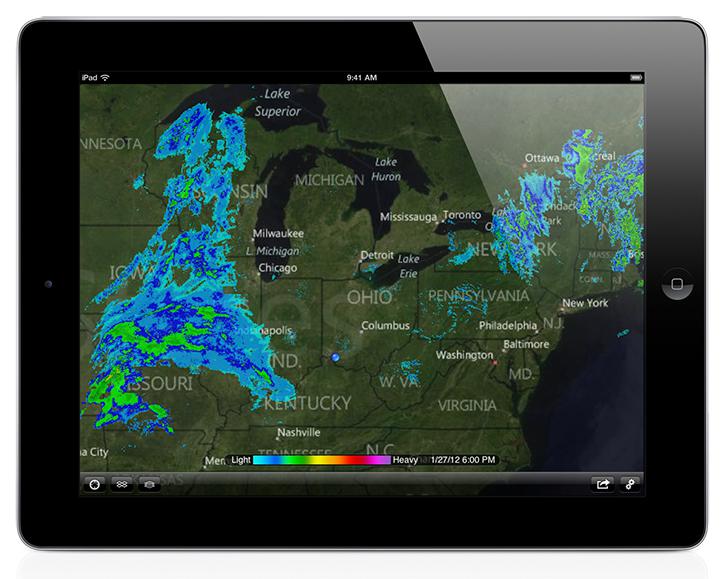
Students prepare a weekly forecast for the Chicago metropolitan area generally and DuPage County Taking advantage of a fully-operational weather laboratory, students monitor current weather conditions locally and across the nation.ĮSAS 2117 Advanced Weather Analysis and Forecasting IIĪ continuation of Advanced Weather Analysis and Forecasting I. Emphasis is on independent analysis of weather events, forecast preparation, and mastery of hand data analysis. Taking advantage of a fully-operational weather laboratory, students monitor current weather conditions locally and across the nation.ĮSAS 2116 Advanced Weather Analysis and Forecasting IĪ continuation of Weather Analysis and Forecasting II. Students continue investigating sources of data, learn to analyze raw images, and interpret numerical weatherįorecasts. Taking advantage of a fully-operational weather laboratory, students monitor current weather conditionsįorecasting Class notes and syllabi: Paul SirvatkaĮSAS 1117 Weather Analysis and Forecasting IIĪ continuation of Weather Analysis and Forecasting I. Maps needed to analyze current conditions and forecast weather. Students read weather reports and weather Severe weather safety and spotting techniquesĮSAS 1116 Weather Analysis and Forecasting IĪ study of day-to-day weather patterns with an emphasis on understanding the basics of meteorological processes and forecasting. Storm chasing combines knowledge and experience.

Severe Weather Lab Syllabus and Rules: Paul SirvatkaĪ field study experience to study thunderstorms in their natural environment. Science 1115 with a grade of C or better or consent of instructor. Local field trips to observe severe weather first-hand may be included. Students gain a better understanding of severe Students monitor events prior to and during severe weather events using real time radar and other data sources. An emphasis is placed on hand analysis of raw data, assessing short term numerical weather models, and Other topics of current research interest will also be covered.Īn in-depth study of severe weather forecasting and analysis. Thermally-forced circulations, fog, mesoscale winter events, and the morphology of convective systems including squall lines, mesoscale convective systems and supercellsĪnd their associated threats including flash floods and tornadoes.

Topics will include tools for mesoscale analysis, mesoscale modeling,

In depth study of meteorological phenomena with short temporal and small spatial scales. Basic physical principles, their relation to weather events, and weather's impact on society will also be explored. Topics will include severe weather spotting, weather radar, atmospheric soundings, tornadogenesis, El Nino, tropical meteorology, hurricanes, and an introduction to numerical weather prediction. In depth study of meteorological phenomena relating to severe thunderstorms, El Nino/Southern Oscillation events, and tropical storms.


 0 kommentar(er)
0 kommentar(er)
